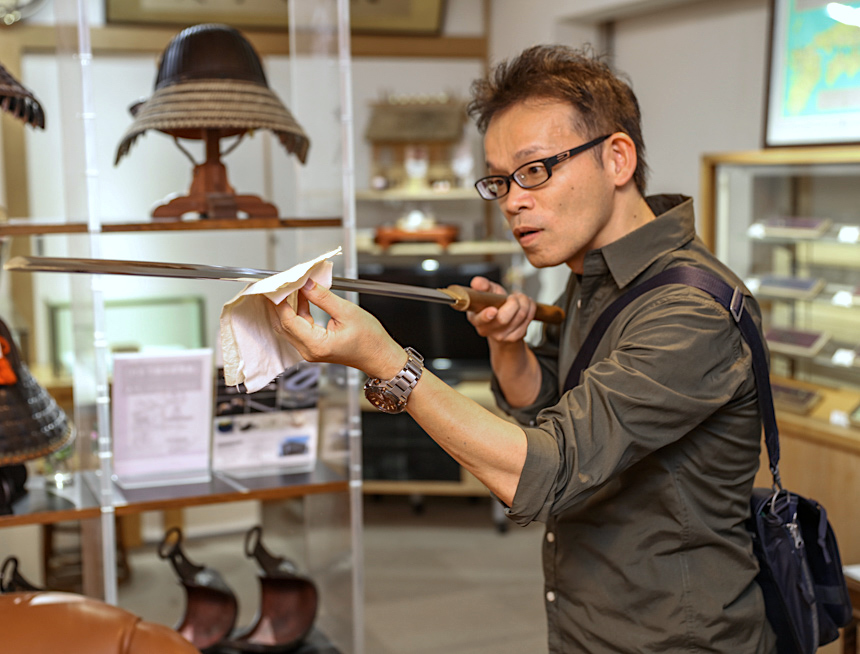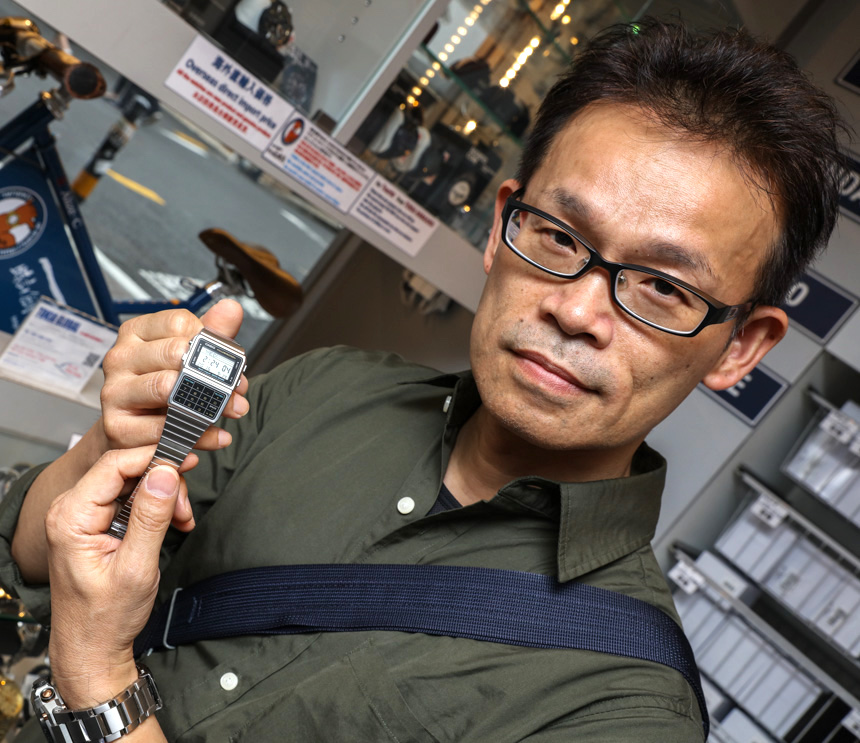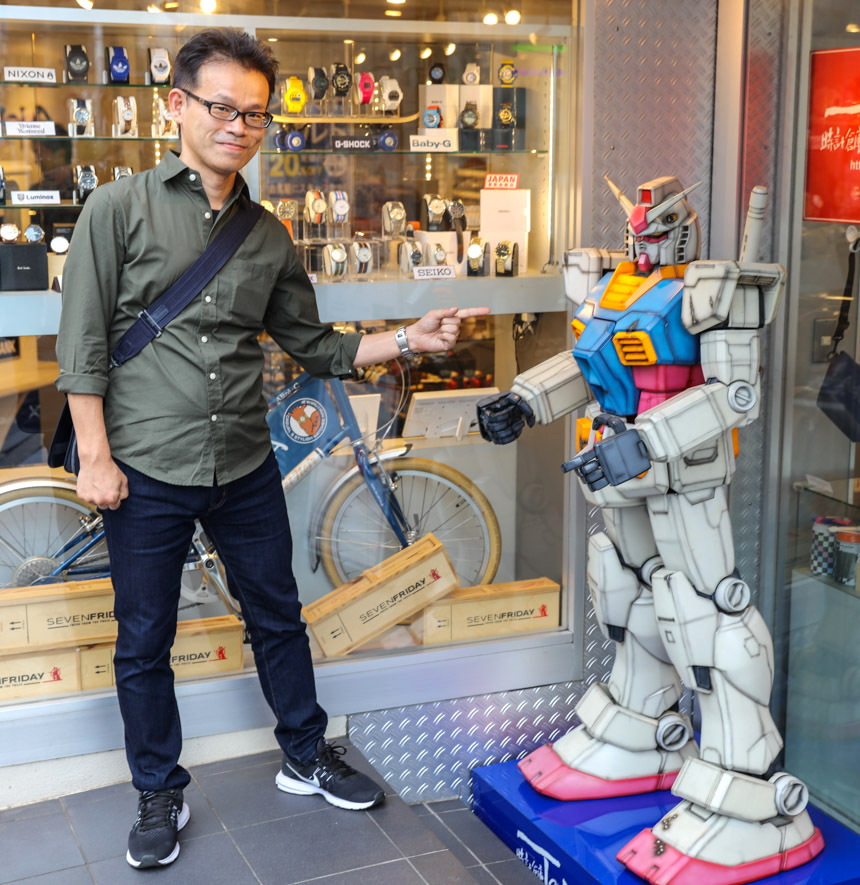
By getting to stroll around with Mr. Ryusuke Moriai, I got to live out a childhood dream for an afternoon in Tokyo – minus being able to challenge him at Street Fighter in an arcade. This is the guy responsible for the design of G-Shock and many other Casio watches. It is worth mentioning why this was a big deal to me. As a product of the 1980s in America, I was part of a special generation who grew up with a lot of Japanese culture in the form of video games, animated television shows and movies, and of course, toys. At the same time, I spent my childhood wearing cool Japanese watches. Well, just Casio watches, actually.
As a kid, I didn’t really know of anything you could put on your wrist that was more desirable than a Casio. I was aware of other watches, sure, but none of them seemed particularly appealing at the time. Casio watches were light, durable, easy to read, full of functions, something that my parents were willing to afford, and pretty cool-looking. I actually recall with some specificity the feelings I had when comparing my digital Casio watch with analog watches. Using hands to tell the time seemed primitive, and why would you want a timepiece that told you only the time? Especially when Casio proved it could tell you the temperature, compass direction, and of course, help you calculate mathematics.
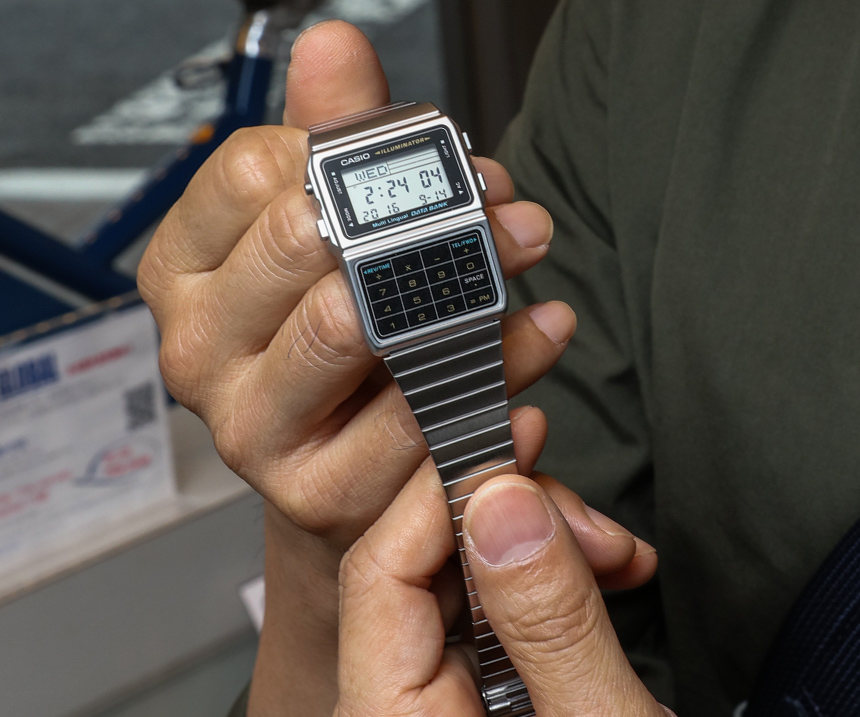
Growing up, I wasn’t a watch lover, but rather a Casio lover. I didn’t know that interesting watches were sold outside of a sporting goods store, and I loved how I felt a connection between the Japanese culture I was enjoying as a kid and the thing that was on my wrist. How did I know Casio was a Japanese company back then? Well, because aside from English, the instructions were in Japanese.
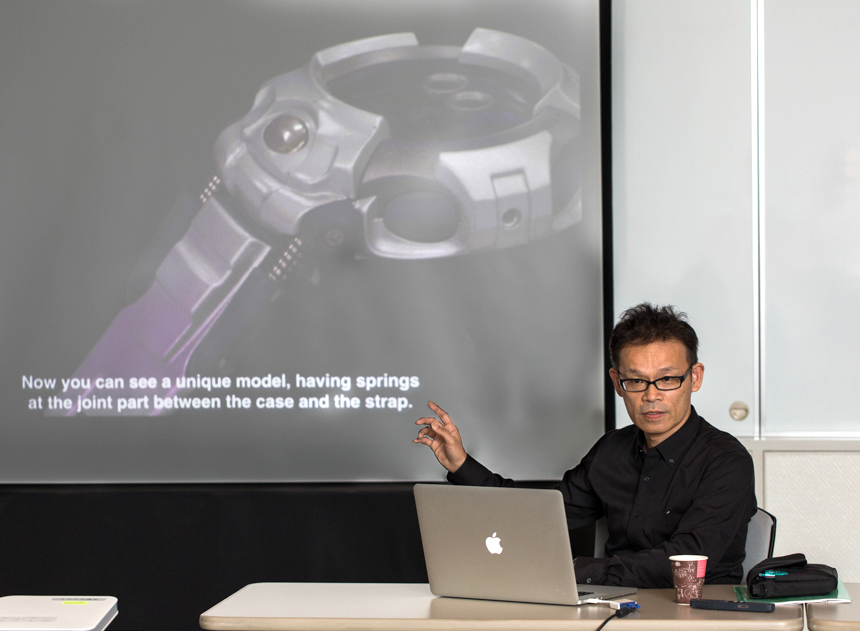
It is my generation that the major three Japanese watchmakers are now trying to court more than ever. They know they captured our hearts as kids, and today as adults they want to keep that relationship going with new high-end watches they hope will appeal to the lifestyle demands we have and evoke the nostalgia so many of us enjoy. Mr. Ryusuke Moriai wears one of these “luxury” watches, a high-end G-Shock which exists mainly as the MR-G (review here) and MT-G (hands-on here) product families. His title at Casio is a bit confusing, but he is the guy who heads Casio timepiece design, and he is either directly or indirectly responsible for some of the world’s most popular high-production timepieces of the last 30 or so years.
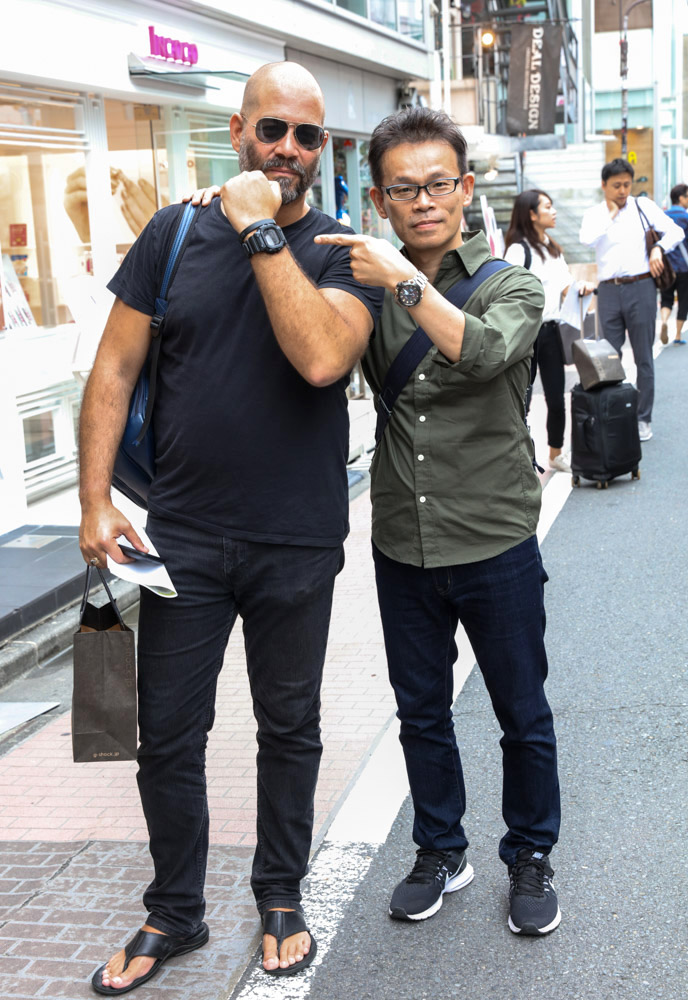
My time with Mr. Moriai came as a result of a request to Casio to help me understand what inspires the design of G-Shock watches. Never a company to disappoint, during a trip to Japan to view their “premium production line” (PPL) at Yamagata Casio (in-depth G-Shock manufacture visit here), they generously gave my group a translator and Mr. Moriai’s time to share with me where the design of G-Shock watches comes from.
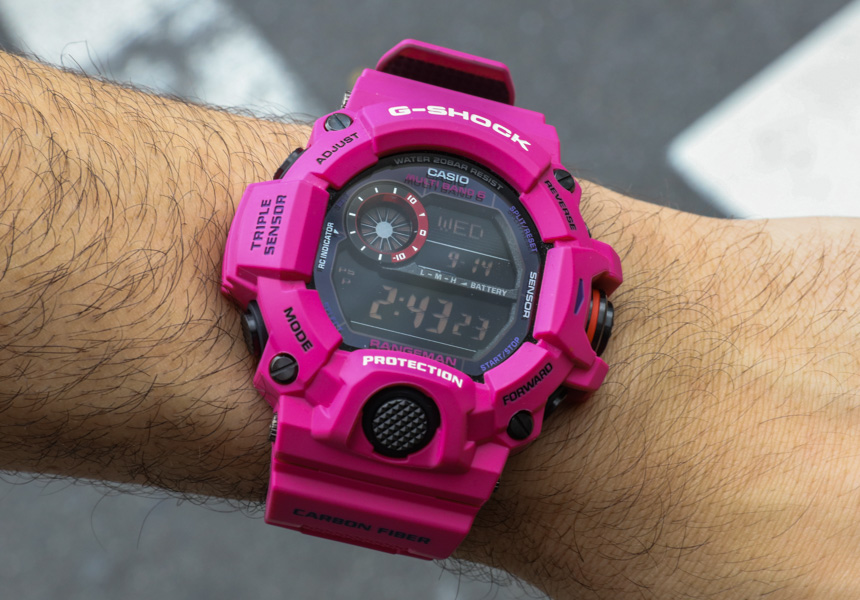
The world’s most important sport watches don’t have a distinctive look by accident. What started as a purposeful design in the early 1980s when Mr. Kikuo Ibe invented the G-Shock has transformed into a universe of watches each with their own stories, aesthetics, and personalities. At their core, G-Shock watches follow two values at Casio. First is “absolute toughness,” which means that they should keep pushing the limits of durability, and second is to follow the spirit of “never give up.” This, for them, means innovation and problem-solving should never end. The next watch you make should be your greatest, and as an engineer or designer you should never give up on trying to solve technical problems.
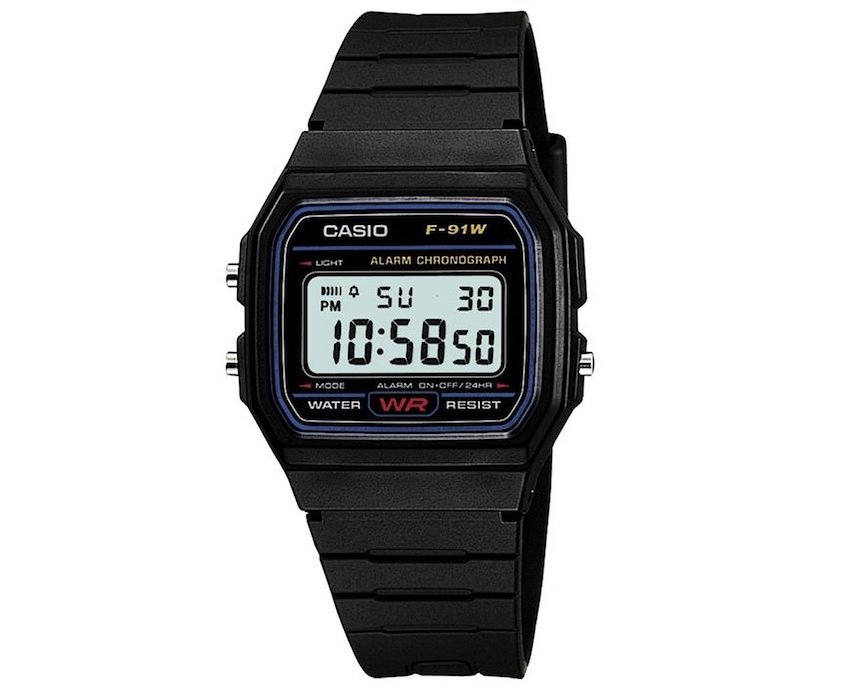
The first watch Mr. Moriai designed is actually still produced today. He was responsible for the Casio F-91W, which was supposed to be small, easy to read, and very durable for the money. It also happened to be very cheap – I don’t think it has ever sold at a retail price of more than $30. Most industrial designers don’t get so lucky on their first attempt, but Mr. Moriai was. In fact, Casio as a company has been very lucky in their success selling modern watches. You see more Casio products on people’s wrists in Japan than pretty much any other watch – and the situation isn’t that dissimilar in other parts of the world where looking cool and being on time are a priority.
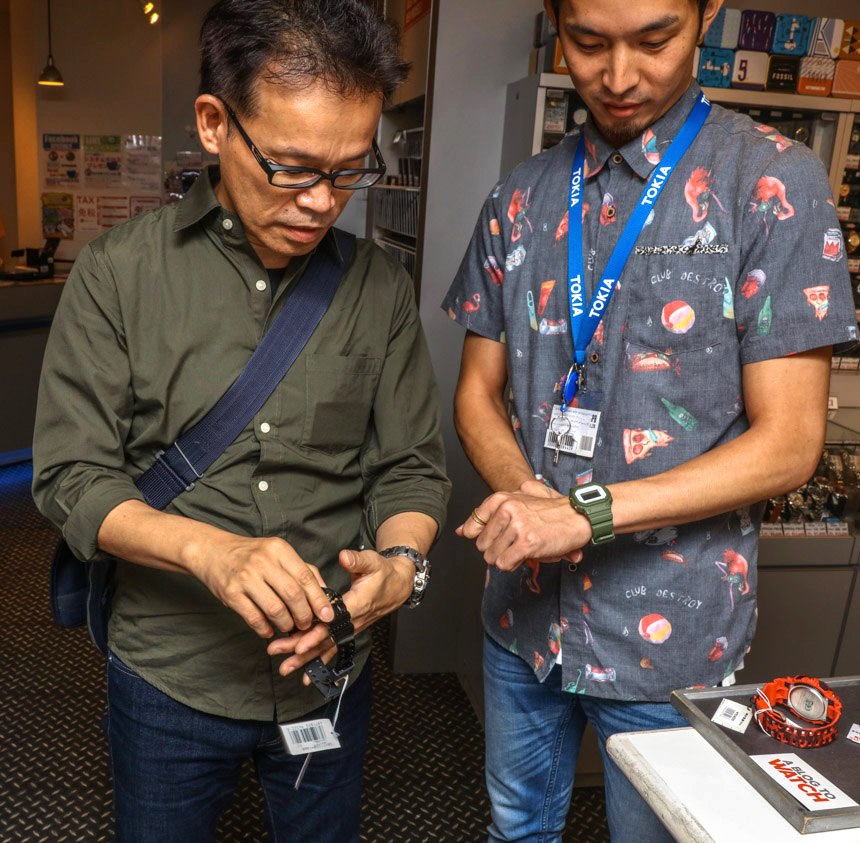
Casio product development is surprisingly complex. As the company’s development department never actually finishes anything, the product development departments are constantly working to not only bring out new model families, but to also improve on the products that they already make. For this reason, people who follow the brand have been able to see many generations of such famed watches as the Frogman, Mudman, and many of the numerical series of G-Shock watches like the 6900 and 5600 series.
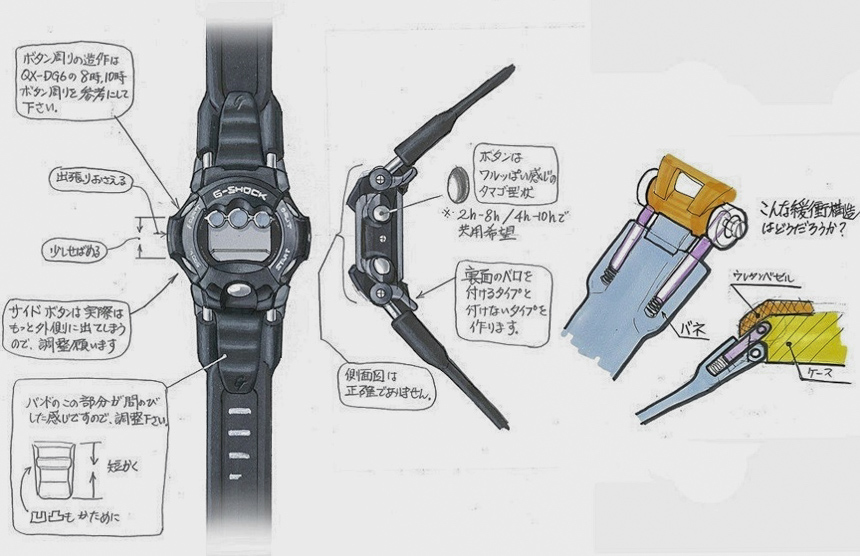
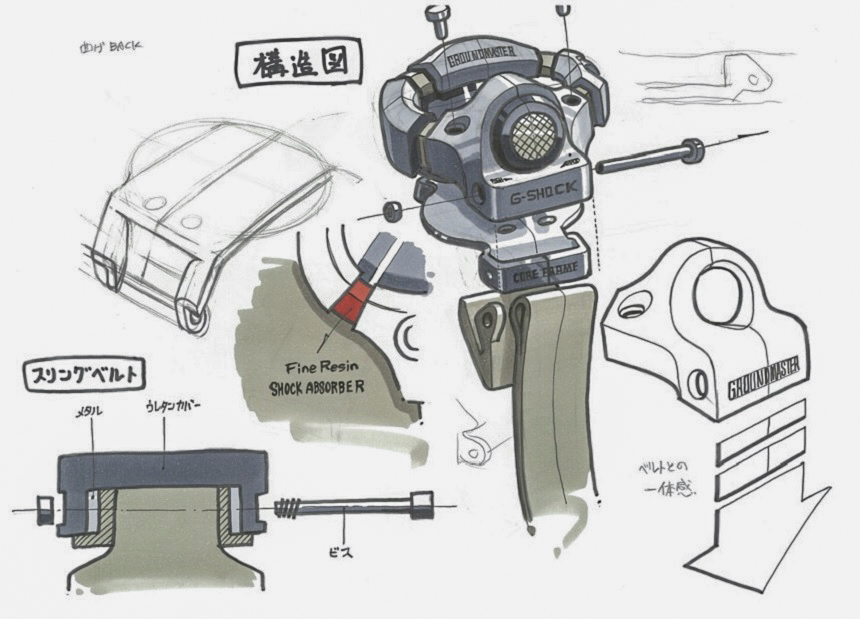
Casio G-Shock watches begin life with a functional purpose. This is actually a bit unique in the watch world as many timepieces today begin life as a theme or marketing prompt rather than “we need a watch that can do X.” This is actually because Casio is among the few modern watch companies whose customers are still putting their timepieces through rough conditions and taking them into abusive environments.
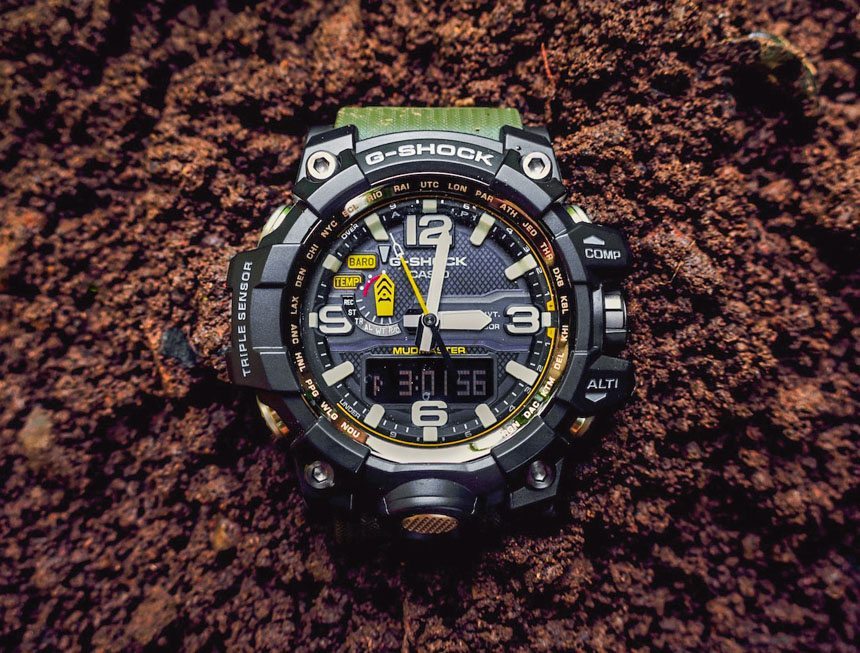
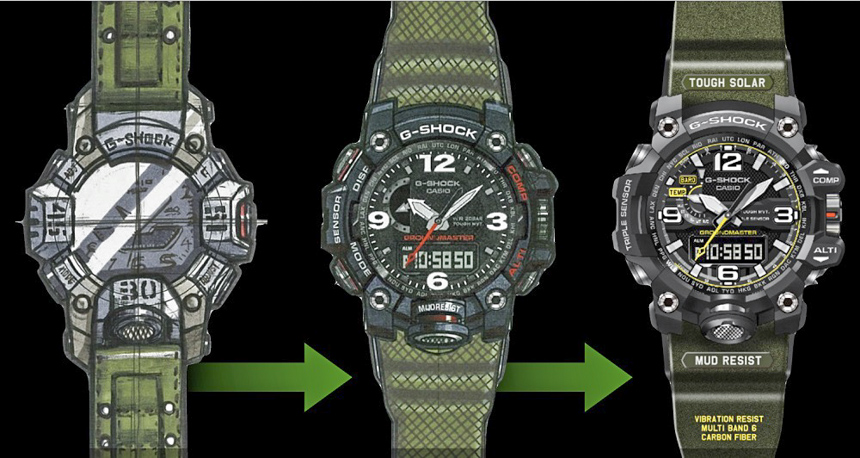
Even Seiko, which produces many fine dive watches, can’t claim that a lot of its buyers are actually taking their dive watches underwater. Casio, on the other hand – while it has a large group of “lifestyle” and fashion buyers – by comparison, still has more people actually “needing” their watches to be durable than any other modern watchmaker. If you think about that carefully, you can imagine how it translates itself into company culture.
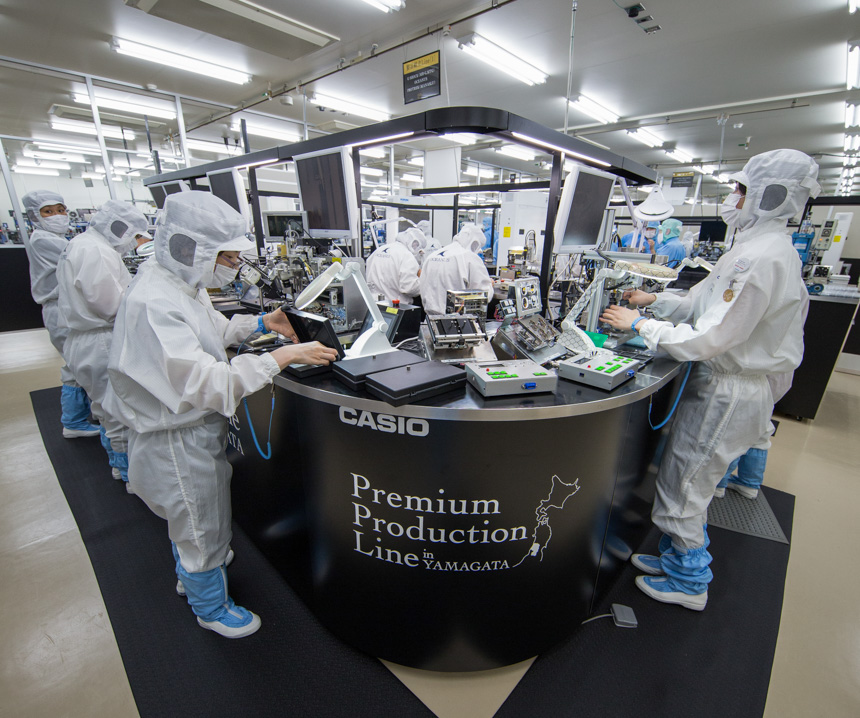
In order to create sales, Casio’s strategy has been to keep offering their customers more features and more watches for specific needs. Think about how narrow Casio has gotten over the years with the intended purposes of their watches. Today, they make watches not just for diving, but for commercial diving, recreational diving, rescue diving, etc. They have watches for people who are soldiers, surfers, rescue workers, muddy rescue workers, boat workers, pilots, skateboarders, and even for glamping (“glamorous camping”).
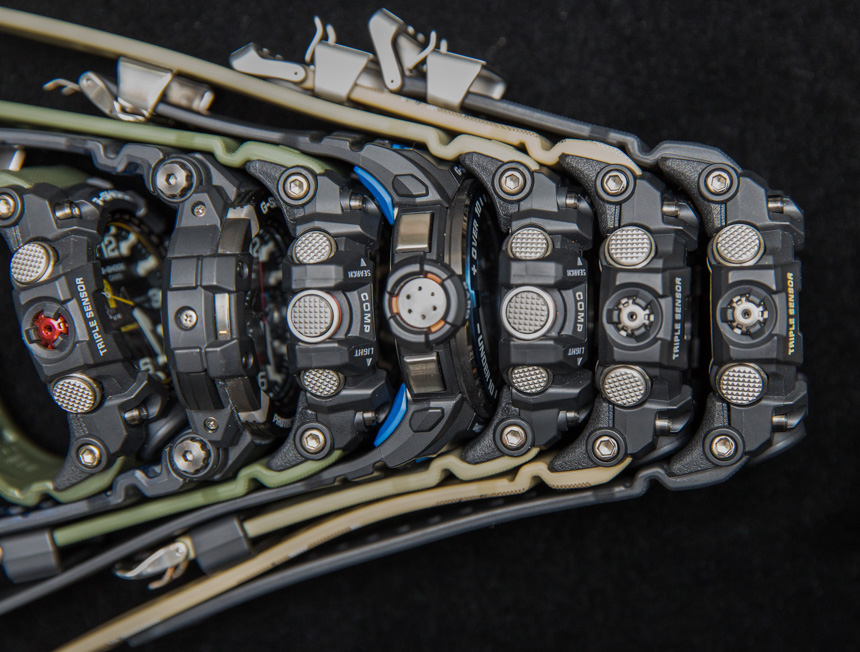
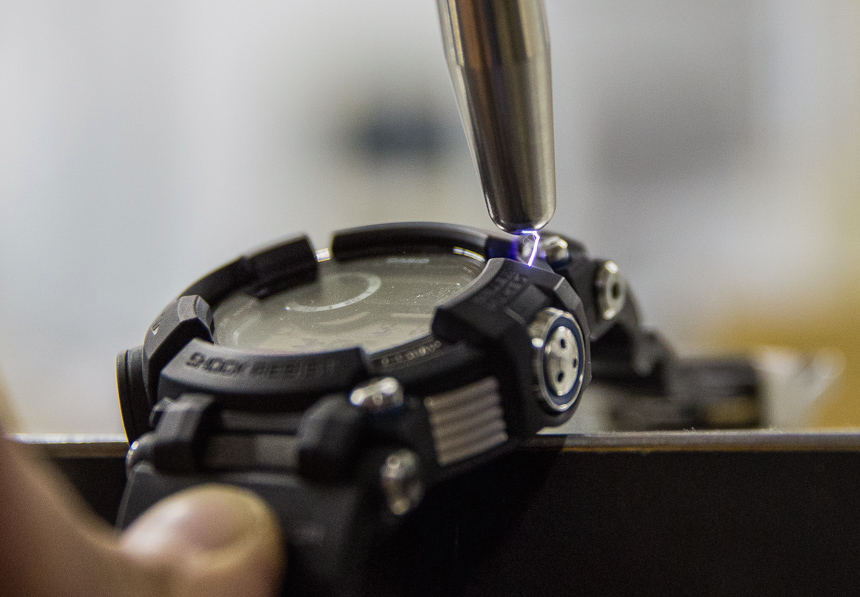
Each of these worlds has its own associated needs but also cultures. Casio has been inspired by tanks when developing the look of its Mudmaster collection, and nautical equipment when developing the Gulfmaster. It does this because of one more product design motivation Casio was very explicit about: that its watches are both cool to wear and also fun to use.
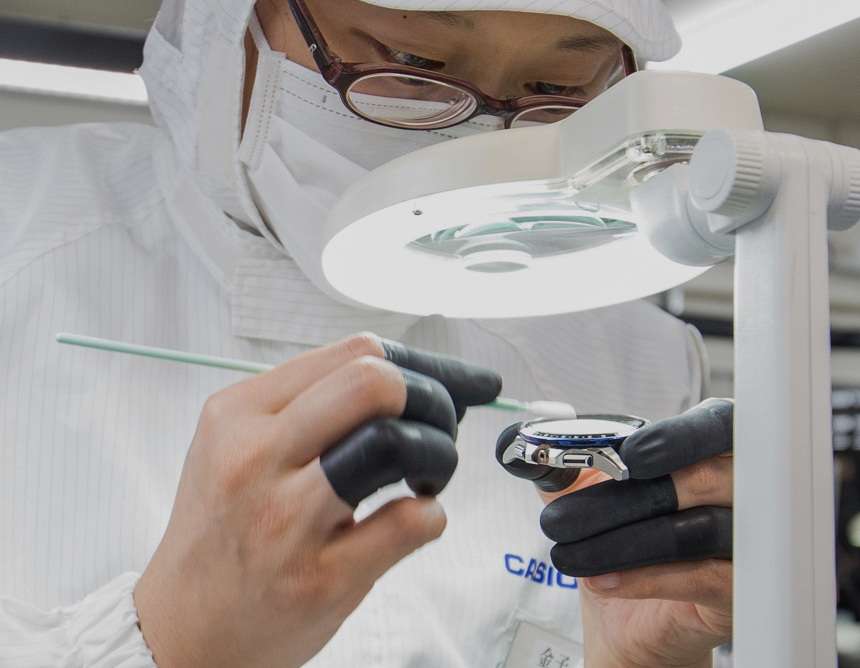
In my article (linked to above) on visiting Casio and their watch production in Japan, I spoke about the concept that no watch brand has ever been so frank as to make it clear they wanted their watches to be both fun and cool. If anything, Casio is deeply unpretentious – a trait I admire greatly. So what does that mean? Cool to look at on the wrist, and fun to operate when doing even mundane things like checking the barometric pressure or using a stopwatch.
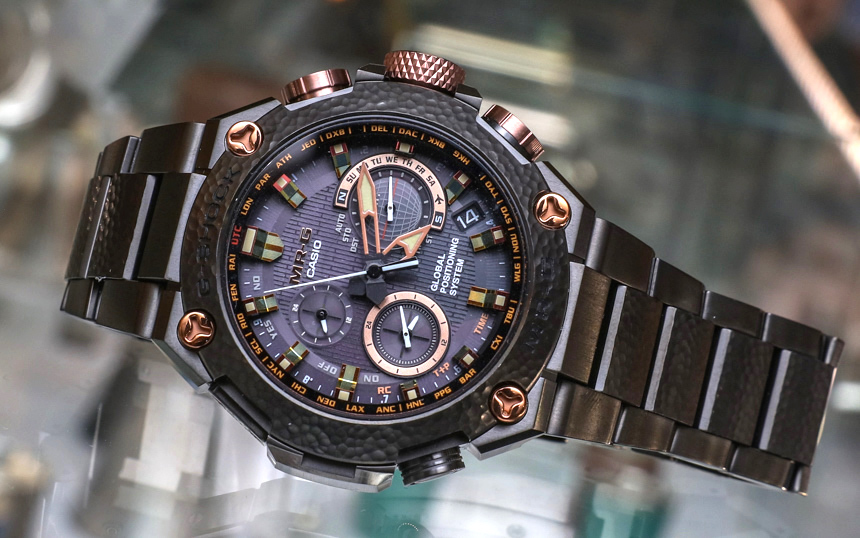
Mr. Moriai himself is a vehicle lover, which shouldn’t be a surprise as the overlap between cars, motorcycles, planes, and watches is common. In Japan, this is often expressed in a love of small, fast cars and motorcycles. In subtle but typically profound ways he is able to draw aesthetic parallels between the things he and his design team love and the watches they design. With that noted, I will say once again that each new G-Shock watch begins with functionality in mind and not mere cool design. It isn’t that function is over form, but rather that function becomes form.

